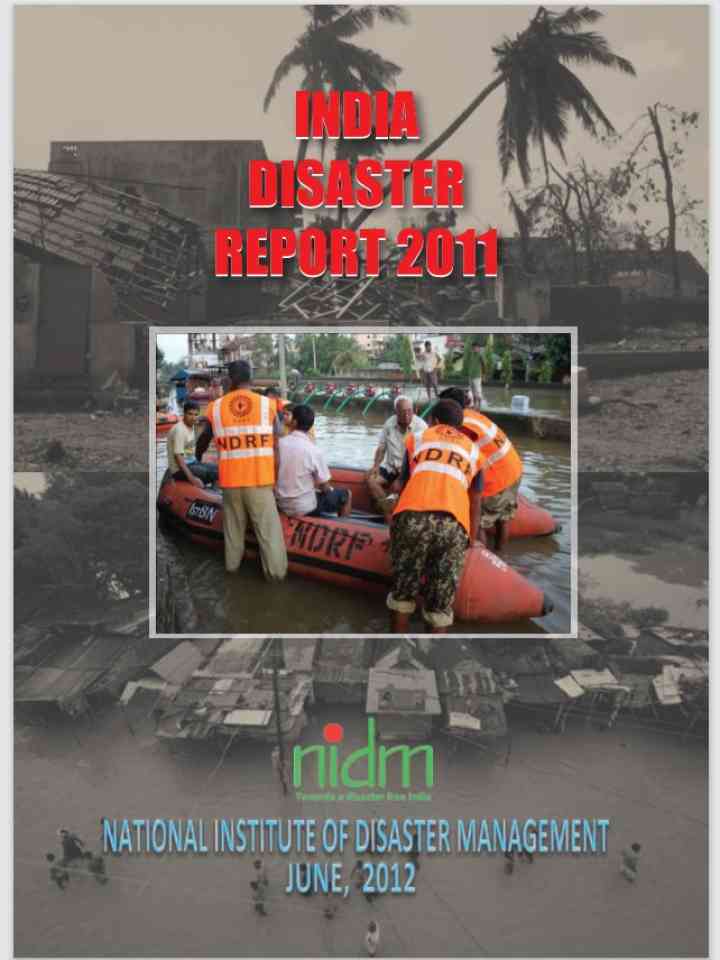India Disaster Report 2011
The year 2011 started with a stampede in Kerala on January 14 in which 102 Sabarimala pilgrims were killed at Uppupara on the Pullumedu-Vallakadavu forest route in Idukki district. The event took place when thousands of devotees were returning after holy darshan at the shrine of Lord Ayyappa on Makar Sankranti day. The two month long pilgrimage, which had started in November 2010, had been mostly incident-free before this mishap.
In mid-September, heavy monsoon rains resulted in widespread flooding in Odisha. Within two weeks, a second round of floods resulting from a tropical depression in the Bay of Bengal inundated 19 of Odisha's 30 districts. In response to heavy rainfall and to prevent breakage, authorities released water from the Rengali dam on the river Brahmani, exacerbating flooding in low-lying areas. Although the death toll was 45 in number, but the floods resulted in affecting over 3.5 million people and caused extensive damage to crops and infrastructure.
This was followed by 6.9 magnitude earthquake which hit Sikkim Nepal border region at 6.10 pm on September 18. It was widely felt in north-eastern states of India, West Bengal, Bihar, Uttar Pradesh, Haryana, Rajasthan including the capital city, Delhi. Subsequently, two more aftershocks of 6.1 and 5.3 at 6:21 pm and 6:42 pm respectively were also felt. The earthquake killed 60 people, affected 719 persons and caused substantial loss of livestock. The strong tremor caused significant building collapse and mudslides. As the earthquake occurred in the monsoon season, heavy rain and landslides added to the woes of the affected community and made the rescue work more difficult.
Explore further
